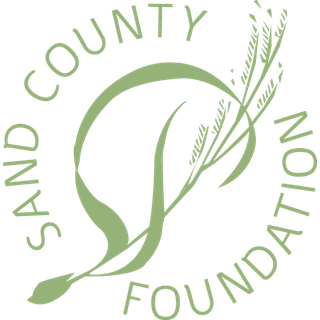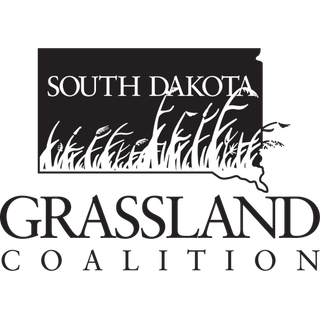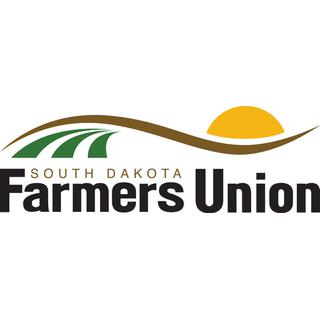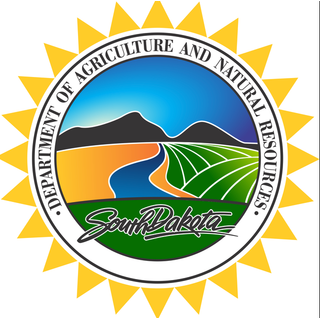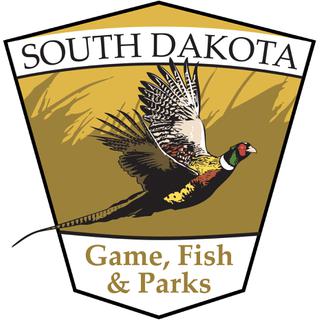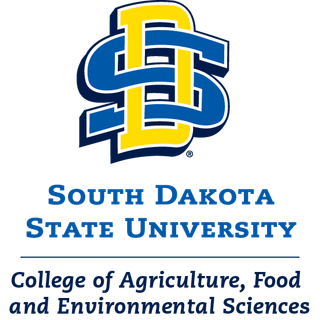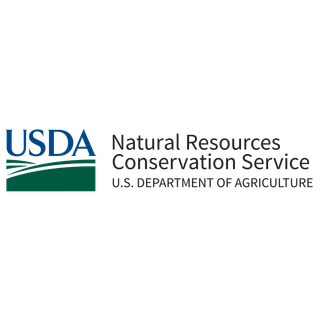Jim and Karen Kopriva purchased their first piece of land in 1991. They credit Karen’s parents, Harold and Mary Hurlbert, with helping them establish their farm. Karen’s family has been in Clark County since 1880 and her parents helped both their daughters’ families get started in agriculture. Over one third of the operation’s land base has been in her family for three generations.
Like many of their neighbors, the Koprivas started as grain farmers. However, economics and Jim’s fondness for cattle prompted them to transition their cropland to grassland and hay land.
Kopriva Angus
Kopriva Angus, which Jim and Karen manage with their son, Lee, and daughter, Angela, consists of about 2,000 acres of owned and leased land. Their 130 acres of cropped land is not tilled and follows a rotation of wheat and soybeans. Much of their land is native rangeland, seeded pastures, and hay ground.
The Koprivas’ conservation practices include native grass seeding, rotational grazing, and the use of cover crops and crop residue stubble to extend the grazing season. The family also uses prescribed burns, which have been effective for reducing invasive vegetation in native pastures and promotes the return of species diversity.
The Koprivas are invested in wildlife habitat and water quality. They leave some acres on each quarter of land as habitat for whitetail and mule deer, ducks, geese, grouse, partridge, pheasant, coyotes, fox, hawks, and owls. The ranch has flood-prone areas, so grass management efforts have helped improve water quality through reduced erosion.
“As I worked with and became friends with Jim and Karen over the years, I have gained a tremendous amount of respect for the way in which they were able to take a farm and turn it into a productive, sustainable ranch that will be able to be passed to the next generation in better shape than when they started,” wrote Mark Washechek of the Natural Resources Conservation Service, in his letter of recommendation. “It is admirable to have the conservation ethic and it all starts with this love and respect for the land.”
